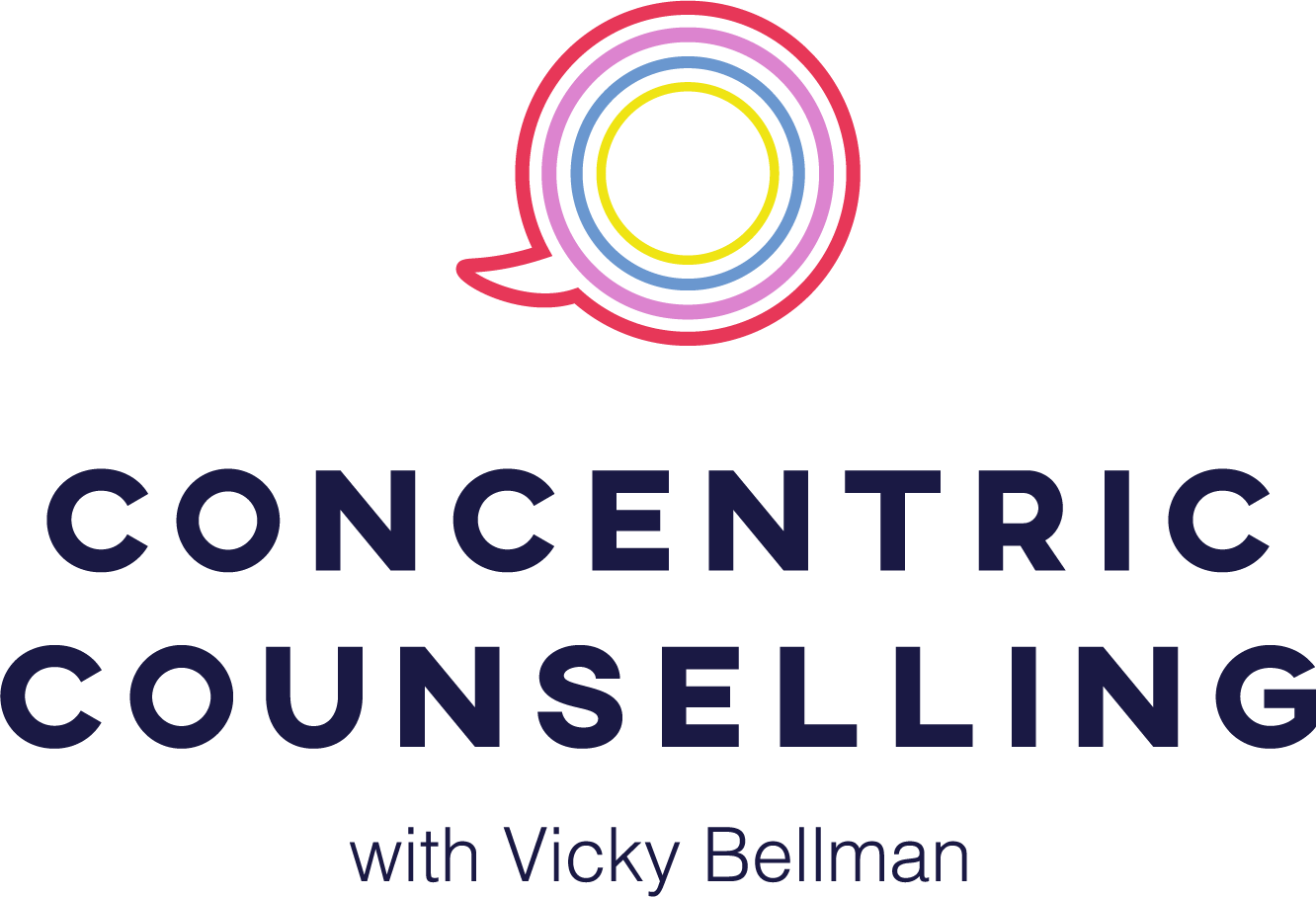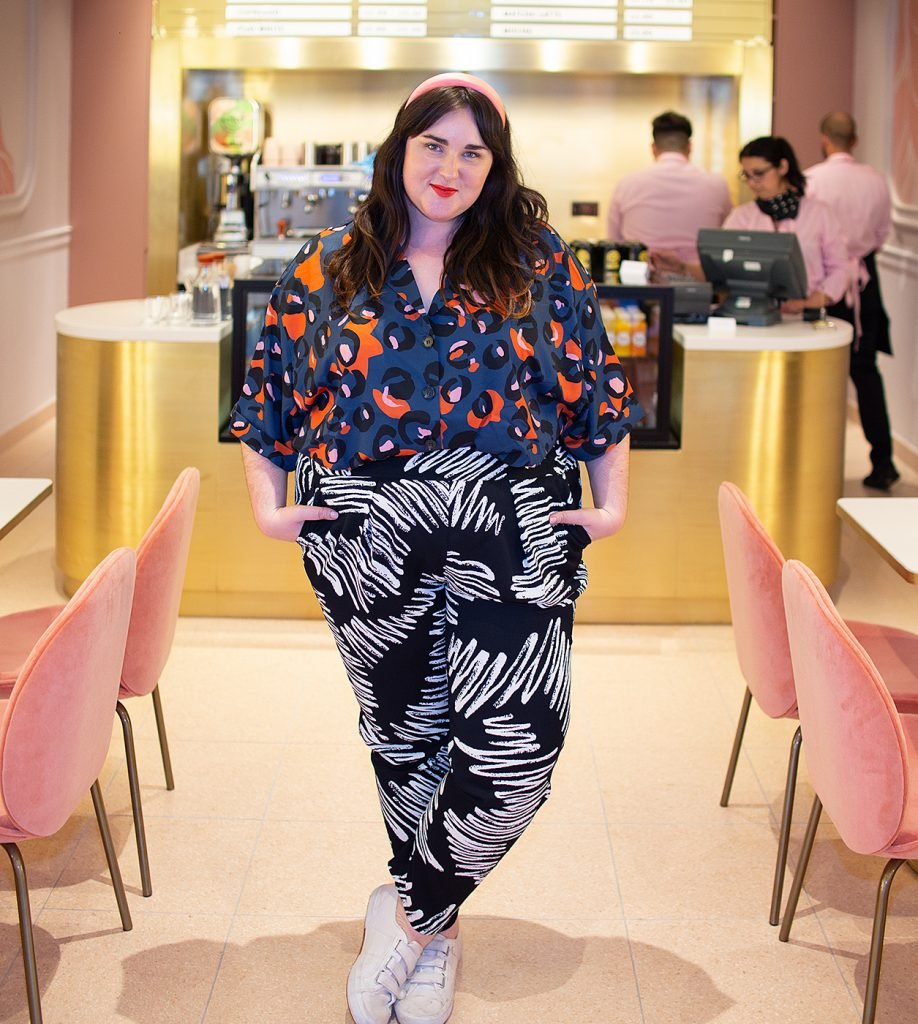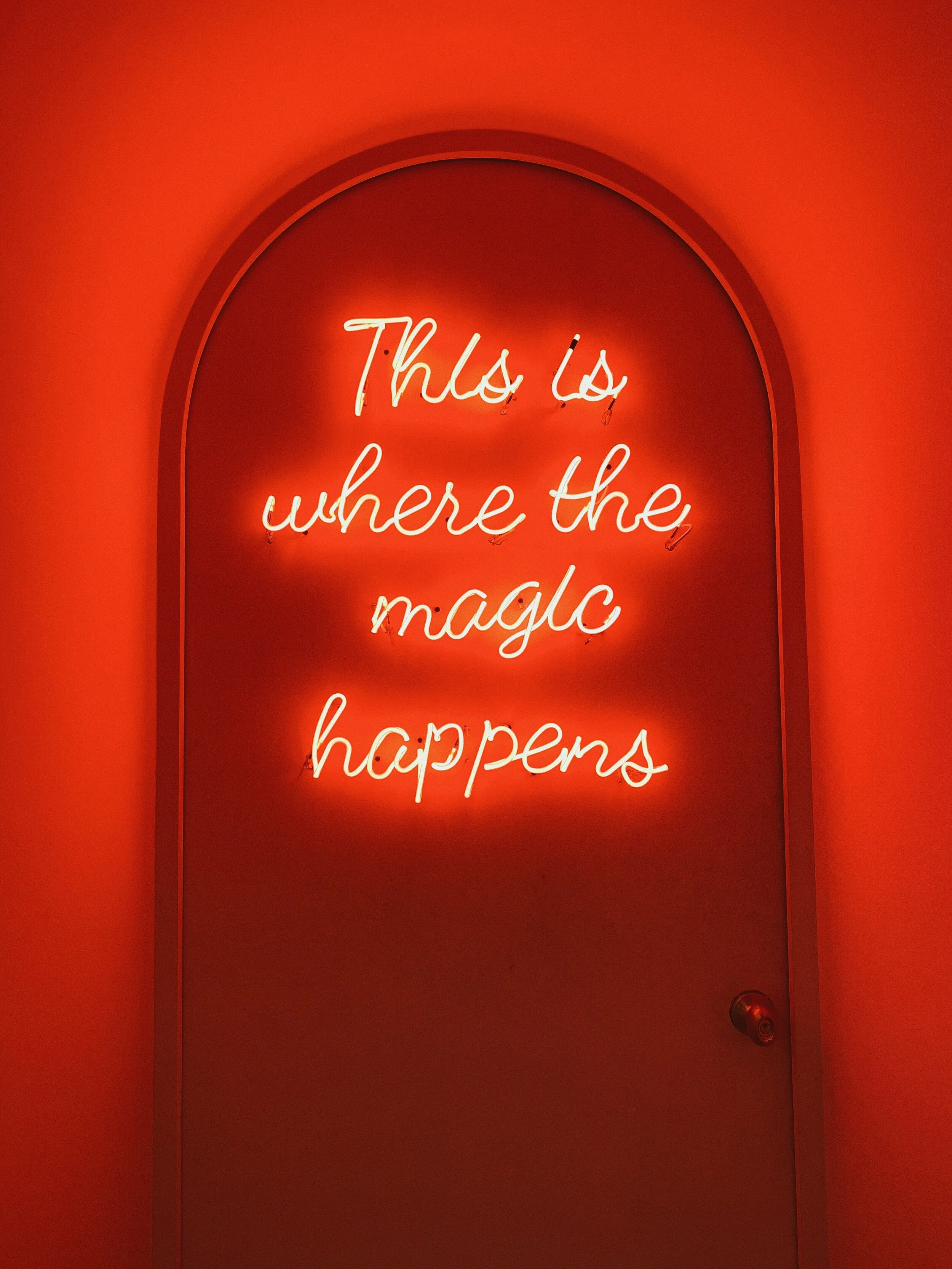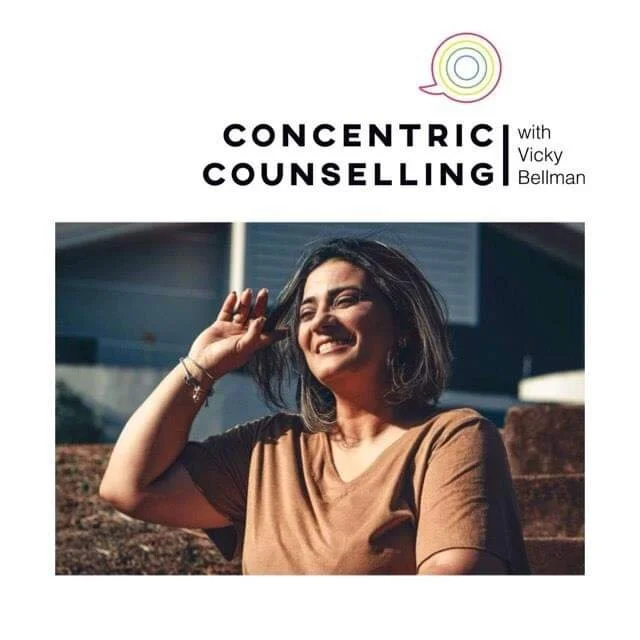The Heart of Body Collaboration - Intentions and Inspirations
Let me share with you some more details of the exciting model that I’ve been developing. Called Body Collaboration®, it has emerged from my practice over the last ten years, a compassionate response to clients sharing a persistent issue - ‘I’m trying to hate myself into being ok with myself’. Body Collaboration® is a pushback to a kyriarchal culture that teaches us to admonish ourselves rather than accept ourselves. It’s a radical practice of gathering in the most abandoned parts of ourselves, and offering them healing. And it’s a lovesong to what I think is the most powerful thing on Earth – partnership, collaboration, working together for the good of the all.
Primarily, Body Collaboration® is an invitation to have a conversation with yourself. I noticed that clients were voicing that this was already happening within themselves, and of course I noticed it in myself too. What I also noticed was that, without conceptualising this a bit more, it often became a bit of a free for all. Parts were getting rejected, talked over; some parts were dominating the room and doing a lot of the heavy lifting. Other parts still were feeling meek, under-practised at holding space. There was a lack of respect and working together, and a lack of collaboration. There was lots of internal resentment and conflict.
I envisaged a respectful internal atmosphere. A growth-focused space in which all of our parts could anticipate feeling respected if they voiced an opinion or a need or a wounding. A space in which the different parts could come together with a wealth of valuable experience and work as a unit, with commonly recognised values and shared goals. I’ve seen the value of holding affirming, inclusive, transformationally empathic space, and I imagined a model that developed that for everyone’s internal conversation.
Truly, Body Collaboration® is inspired by where the best conversations have always happened; the margins. It is inspired by the deep humanity, mutual aid and liberality of the Black Lives Matter and Anti Asian Hate communities, disability activism, queer and trans advocacy and the radical fat acceptance movement. It’s inspired by the partnership model of social organisation and the social model of disability. It’s inspired by visible mending, gentle parenting and restorative justice. It’s also inspired by girl groups, and Clueless, and the unparalleled support of random girls in nightclub toilets. It's inspired by how cool and affirming Michelle Obama would be as a boss. It’s the abiding and radical belief that, when we work together for a common goal, we can get the very best of ourselves and each other, and also that we can graciously allow the most difficult parts of ourselves and others as well.
When my clients were talking to me about the different voices within themselves, three common threads emerged. One is that the most ‘negative’ voices got the most air time. Secondly, they were talking to themselves in a way that they would never dream of talking to a co-worker or friend. Thirdly, they often felt very detached from these voices; that these voices weren’t also a part of themselves, and they felt powerless to know how to engage with or manage these different parts.
Body Collaboration® is just this. It’s about creating the kind of environment within ourselves that replicates the best of our friendship groups and communities and work environments – an environment where different parts of ourselves can speak up and share different ideas, and know that will be respected. It’s about positioning the most Sovereign part of yourself as being in charge, but ‘in charge’, in our way of doing things, means being the most generous and fabulous boss you can imagine. The leader that encourages, supports, motivates, gives credit where credit is due, leads by example, allows themselves to be human, sets a reasonable expectation of workload, and gets stuck in.
Body Collaboration® is an honouring. So often I see that the parts that people dislike the most are the parts that hold the most hurt. And I get that, I really do. It can be so painful to engage with the parts of ourselves that are giving us a hard time, without acknowledging that they’re also having a hard time. So what we have learned to do is turn away from those parts of ourselves, because they ask too much of us. With Body Collaboration®, we turn towards those parts of us. We don’t leave them abandoned on the margins – we invite them in. We acknowledge their pain and their challenges. We honour their wisdom and resilience. We learn from their experience. In doing this, what I’ve seen is that we are more than rewarded for this investment. These parts often come to be the parts we love the most, that we want to protect, that we learn from. We create an atmosphere of invitation and permission, of accountability and respect, and of joy. It’s an encouragement to all the parts of ourselves to ally with the rest of the team; stronger together. Because what so many equitable social movements have taught us is that when we treat the more vulnerable and most marginalised parts of ourselves with the most care and accommodation, everyone benefits.
So here’s a little introduction to these parts:
The Critic
So, this tricky character is actually the originator of all of this. Because the anti-inspiration for Body Collaboration was a meme I saw, years ago, that said: ‘when your inner critic starts talking tell that bitch to take a seat, because she has nothing good to say to you’. And I thought OUCH.
“How do we think we will hurt ourselves into healing?”
I feel in my gut that the genesis of Body Collaboration® was in that moment, where I could imagine a radical drawing in of this part of ourselves, rather than this violent Mean Girls rejection.
The Critic is the voice our culture is most familiar with, and that kinda doesn’t surprise me, as we live in a super-critical culture! Of course we’ve developed an over-critical inner voice. This is the voice that is always telling us we aren’t doing well enough, we can be a better version of ourselves, we should try harder, we should do better, we shouldn’t rest until the work is done.
And Body Collaboration® asks why.
What is the motivation of the Critic? What’s their work? What are their fears? What are their challenges? How has this resulted in a diatribe that can often feel so toxic?
But also... what do they need? What do they want? What are their desires? What is their motivation? What is their pain? What are their vulnerabilities and limitations? And how can we honour these aspects, whilst also asking this part to engage respectfully?
The Child
Our Inner Child is another part of ourselves that we culturally recognise, but I feel like we don’t always honour this part of ourselves. We call ourselves childish and immature, and we denigrate ourselves as being needy. Body Collaboration® takes the compassionate and radical view that we can work towards creating a sense of safety and playfulness that will satisfy this part of ourselves. Again, we ask what the Child wants and needs, without criticism. We talk to the Child kindly, we take time out of day to give this part some play and rest. We give them space to be magical. We think about how we would talk to the children in our lives – how fun and curious and accessible we would want to be with children we love. And we practice giving this to ourselves too.
Like with all the parts, we also work with the Child to get them to follow the house rules... even the youngest children can grasp that. We acknowledge their humanity, their limits and their under-developed aspects, and we make space for that, without judgment but with deep respect and affection.
The Cheerleader
It’s my experience that people have a pretty good sense of their Cheerleader voice... but they only know how to use it for other people! So, as we get to know the Cheerleader, we ask this part of us to use that same encouraging, motivating, warm, engaging tone internally as well. When our other parts are down in the dumps. When our other parts are unmotivated. When we feel like we don’t have what it takes.
But no part is just here to give, and so we also get to know what the Cheerleader needs. What gives them drive and fuel? What nourishes them? What keeps them tanked up? What do they find tiring about being the Cheerleader? What are their worries? What do they feel are their hidden giftings, that they don’t get to use? I love to get to know this part, and I think you will too!
The Coach
Our dear inner Coach, this is where a lot of our wisdom lives. Again, we get to know them. What characteristics do they have? What are some of the things you would want to hear from them? What would you value from going to see a coach? Our inner Coach can create that within us – often contributing intuition and grounded, assured authority to the internal conversation. She will have some challenges of her own, and as with all the parts, she needs to engage in the boundaries of the group and work collaboratively. And when she does this, she brings such depth and richness to the group!
The Sovereign Self
When we engage with all our parts, we can really lean into all the knowledge and info and insight that they can all bring to us. But they can’t run the roost. So the Sovereign Self is... you, basically. It’s the You that is in charge. It’s the You at the top of the table, that keeps a sense of order and holds a general tone for the way the parts engage. In this role, you encourage collaboration, engagement, and discussion. You mitigate conflict and mediate between conflicting voices. You conduct the orchestra, drawing out their best qualities. You are the one that is committed to developing, and practising, an affirming environment.
The central question, maybe, is: you’re the boss, but what kind of boss do you want to be?
Some of this process will feel intuitive, as we begin to connect with these aspects of ourselves, and give them a framework and a vocabulary. Some of this process will feel uncomfortable and challenging, as we stretch ourselves to recognise less known parts of ourselves – perhaps we don’t feel connected to a certain part, maybe we even feel like we’ve never had an opportunity to develop that part. With Body Collaboration, we work to develop the parts of ourselves that have had less opportunities to shine. We tell some of the over-working parts to take a bit of a rest, and allow some of our less progressed parts a chance to flex themselves. We create equity, intentionally.
What this doesn’t do is create a homogeneity. I believe passionately that we are at our best when we acknowledge and honour our difference. We need this – diverse thinking is good for us! It makes us better at responding to all of life’s twists and turns, and to see situations from different perspectives. It makes us good problem solvers, it makes us more empathic, and it’s actually more satisfying than just all agreeing all the time. Where Body Collaboration supports this inner diversity is by making the core values and internal rules of engagement really explicit, to allow these diverse voices to communicate respectfully.
We spend all our time inside ourselves. We talk to ourselves in ways that we would never talk to a friend or a colleague. And it’s been my joy to see how Body Collaboration® supports people in creating a supportive, compassionate, healing and functioning internal conversation, sustaining deeply satisfying lives.
A note
My hope is that, inspired by marginalised voices and systems of equity, this work can contribute to that work too. Because if we dismantle the mean and oppressive dominator way of relating that we have internalised and replicate within ourselves, we can relate to others in a more compassionate and equitable way too. We can honour and centre the margins. When we practice compassion for ourselves, and offer that kind of liberating environment for our growth and wellness, we can acknowledge the value of working from that space for others too.
An invitation
Incorporating this framework into your therapeutic work gives you the opportunity to be facilitated in this work. Do please reach out to me if you would like to work together, incorporating this radical healing model into our work.











